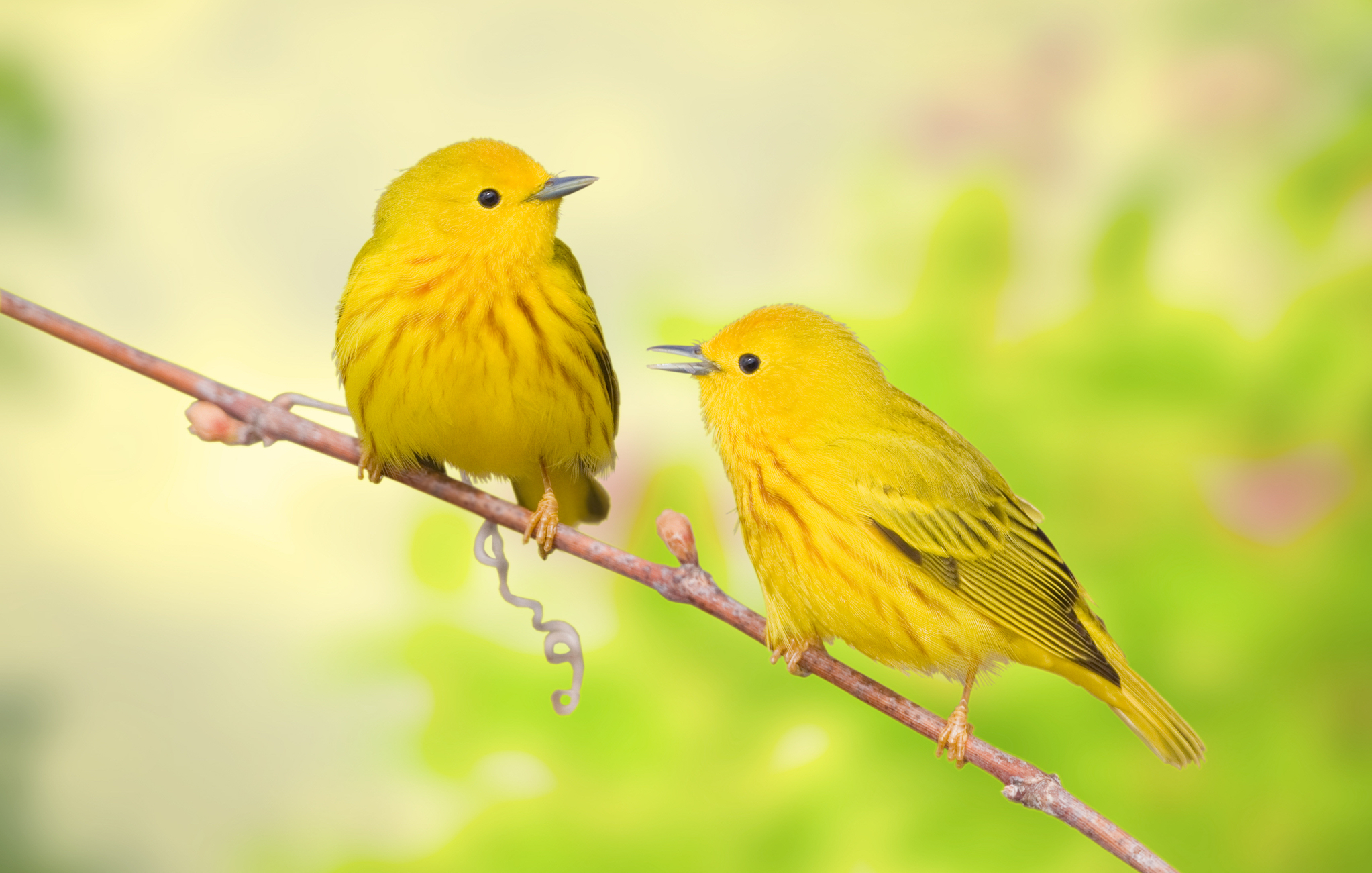
Some birds have genes that can help them adapt to climate change
A recent investigation into the genomes of yellow warblers in North America has revealed that some subpopulations are more “genetically vulnerable” to the challenges of climate change than others. The researchers also found that genes linked to migratory and exploratory behavior will play an important role in how successfully birds can adapt to their changing environments.
Extreme changes in temperature and precipitation are altering habitats and dramatically impacting Earth’s biological diversity. Rachael Bay and other researchers set out to examine the potential ability of some species to adapt to these drastic changes.
Yellow warblers were ideal for this particular study because they live in a variety of habitats in North America, ranging from forests to marshes. The team analyzed genetic data from 229 birds.
The research revealed that yellow warbler populations vary genetically in different landscapes. The team closely examined the association between the genetic makeup of each subpopulation and its environment, and then compared this data to predictions of how future genetic variation may allow for future adaptation to changing habitats.
Precipitation was determined to have the strongest relationship with specific genomic traits. The experts pointed out that this finding may explain why subpopulations classified as having the “highest genomic vulnerability” are located from the Rocky Mountains to Alaska, a region that has experienced a significant amount of drought recently.
The team also discovered that two genes associated with migration, DRD4 and DEAF1, provide protection against the effects of climate change. The study authors pointed out that the dopamine receptor DRD4 has been extensively studied for its involvement in exploratory behavior in primates, fish, and birds.
The experts were not surprised to find that genetic vulnerability increases as climate change projections become more severe. The research is published in the journal Science.
—
By Chrissy Sexton, Earth.com Staff Writer













